The deep sea, the area of the ocean below 200 meters, could soon become the new frontier of mining activities. Companies and countries are rushing to get the green light to start extracting minerals from cobalt to manganese from the bottom of the sea. ‘Not so fast’, say conservationists.
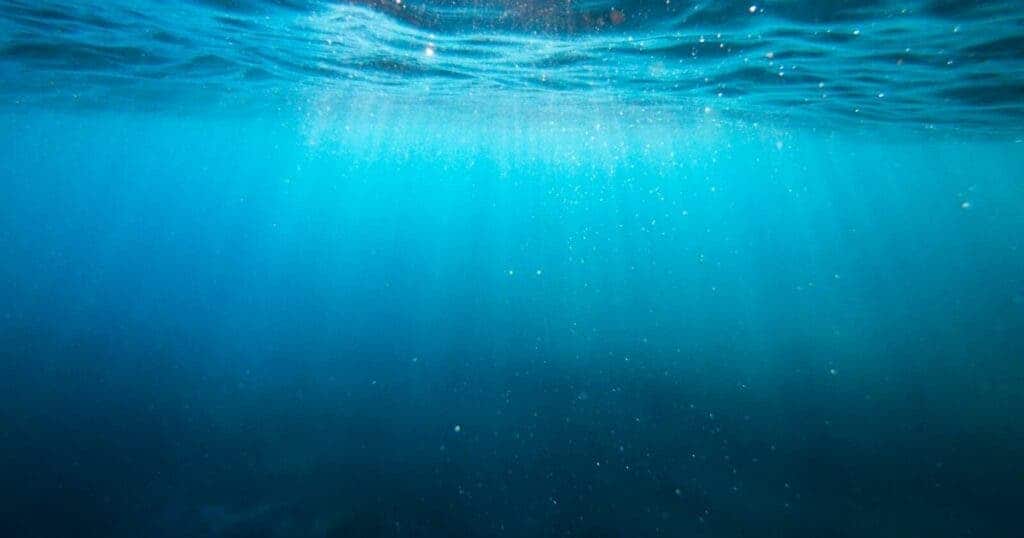
While they can be found in abundance on land, most mineral deposits are running short as our society is fueling an increasing demand for such resources, especially for green energy technologies and consumer electronics. This has led many to draw their attention to the minerals on the deep sea.
The seafloor contains a wide array of geological resources and supports countless species, many still unknown to science. It is a highly understudied part of the world, hosting an abundance of species uniquely adapted to harsh conditions such as lack of sunlight and high pressure.
This is why conservation and environmental organizations are raising the alarm over the impacts of deep-sea mining, urging caution until the science is more thorough. Meanwhile, companies argue that the risks are low and that there’s no time to waste amid the high demand for minerals. So, what’s the case for deep-sea mining, and what’s the case against it?
What is deep seabed mining?
Deep-sea mining (or deep seabed mining) is, as the name implies, the process of retrieving mineral deposits from the deep seafloor. Generally, this ‘depth’ refers to parts of the ocean over 200 meters deep — an area that covers around 65% of the Earth’s surface.
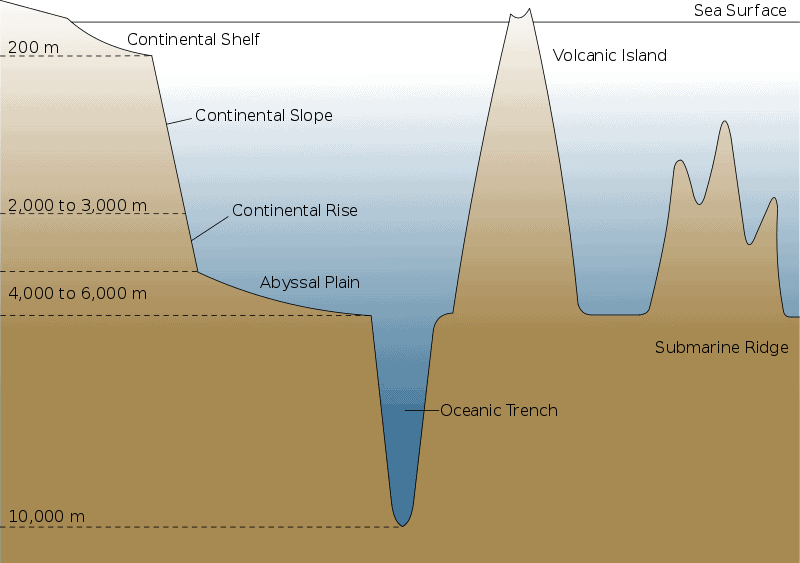
In addition to rich biodiversity, these areas also include unique geological features such as mountain ranges, plateaus, volcanic peaks, canyons, vast abyssal plains, the world’s deepest trenches — such as the Mariana Trench, which goes down almost 11,000 meters.
“It is the largest biosphere on the planet. It exchanges biomass, nutrients and other elements with the overlying surface waters, it mixes vertically and horizontally and it comprises arguably more habitats than may be found in terrestrial environments,” said Dr. Cindy Van Dover, a deep-sea biologist at Duke University, for ZME Science.
Much has changed in how scientists regard the deep sea. When Van Dover first started work in this field in the early 1980s, the ‘deep-sea’ meant the area where light stopped coming though, about 500 meters in. While no formal definition is universally accepted, 200 m seems to be regarded as the limit now — the boundary at which photosynthesis is no longer possible, and the temperature drops sharply.
Adjectives often associated with the deep sea before the 1980s include inaccessible, remote, pristine, biological desert, adds Van Dover. These are now obsolete.
“We have access (although that access is costly), the deep-ocean is well connected to coastal and surface waters. Chemicals, wastes, plastics, and climate change are all impacting the deep sea. And we know that the diversity of life in the deep sea is rich, and in some places exuberantly abundant – far from the azoic, desert world it was believed to be in the 1800s and on into the 1900s.”
However, although we’ve learned much about this part of the planet, the vast majority of it remains unexplored and understudied, which is why the topic of industrial activities in these areas tend to touch a nerve.

Should we wait, or start mining as soon as possible?
There are some mining projects in shallow waters around the world, mainly for sand, tin, and diamonds. In the 1960s, Marine Diamond Corp. recovered nearly 1 million carats from the coast of Namibia, but not all investments have been successful — and the process is tedious.
There’s also some deep-sea mining being done in territorial waters of some countries, particularly around hydrothermal vents — fissures on the seafloor where geothermally heated water flows and tends to form rich mineral deposits. Papua New Guinea was the first country to approve a permit for the exploration of minerals in the deep seabed, and the world’s first “large-scale” mining of hydrothermal vents mineral deposits was carried out by Japan in August – September 2017.
But deep-sea mining in international waters that don’t belong to a specific country has still not taken off.
So far, thirty 15-year exploration contracts have been granted to assess the size and extent of three different types of mineral deposits in areas totaling more than 1.3 million square kilometers. But actual mining can’t start until countries agree on an international mining code, now under negotiation.
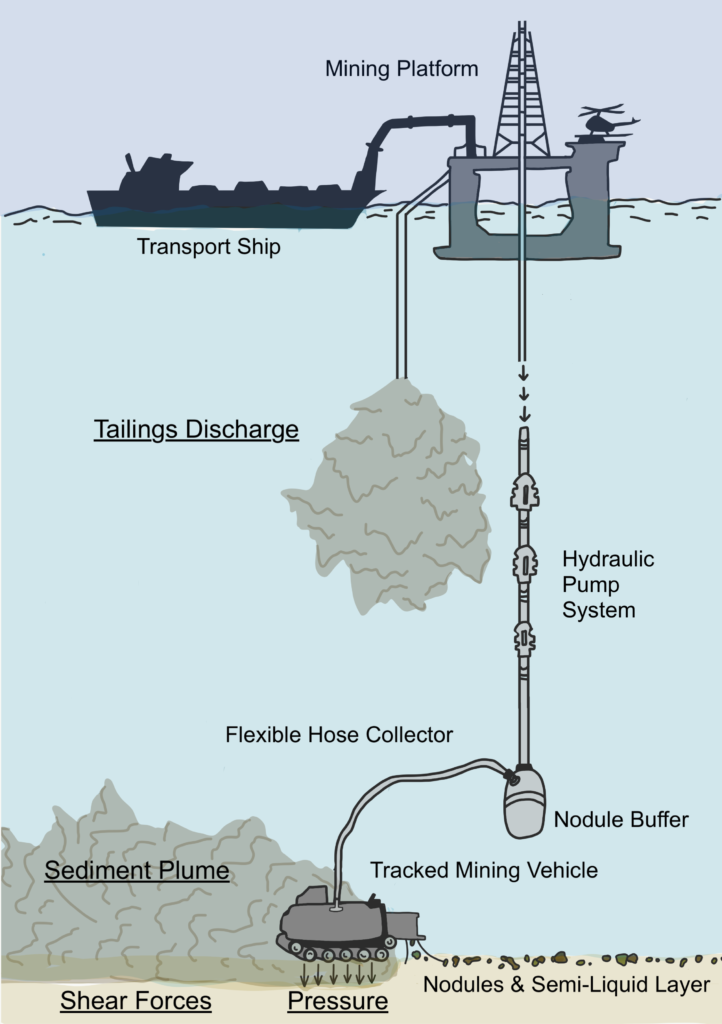
The task of developing this mining code falls International Seabed Authority (ISA), a rather obscure and autonomous United Nations organization that governs seabed mining from its headquarters in Kingston, Jamaica. Every year, delegates from all around the world fly to Kingston for one week and discuss the legislation for this trillion-dollar industry just waiting to boom, with little attention from the media and even environmental organizations.
The ISA had set 2020 as the deadline to adopt a “mining code” that would allow companies to obtain minerals from the bottom of the ocean but given the current state of affairs, meeting that deadline seems highly unlikely.
Biologists and conservationists argue that some of the difficulties to getting the code approved lies on the fact that the ISA has dual responsibilities. When it was established by the UN, the ISA was given two mandates: to protect the international seabed from serious harm, and to develop its resources, ensuring that their exploitation benefits humankind — so what do you do when those mandates clash and start pulling in different directions? If anything, the role that ISA seems to play at this time is not to prevent environmental damage from deep-sea mining, but rather to mitigate it.
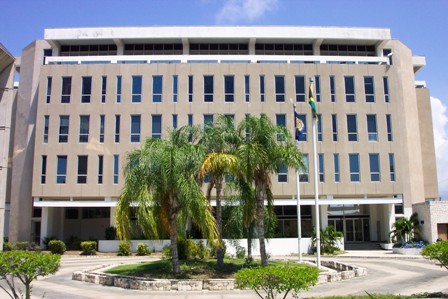
Writing the regulations at this time could also encourage the industry to start mining long before there is enough information on how operators can avoid causing serious environmental harm. That’s why many are now calling for a moratorium until all the necessary information is collected.
“We need more time to drill down on the details, more time to do science and learn on the deep oceans and more time for the stakeholders to internalize all the questions,” Andrew Friedman, head of Pew’s Seabed Mining Project. “If the activity starts, we want to have a robust regulatory framework in place.”
The idea of heavy scrutiny is shared by Van Dover, though a moratorium might not be the best approach, she notes.
“While I welcome the public debate about a moratorium on deep-sea mining, I don’t know that a moratorium may be the optimal approach. To me, our goal has to be to ensure that environmental regulations, standards, and guidelines are robust before any mining begins, including being robust with regards to enforcement.”
Environmental aspects of mining applications should be scrutinized for compliance and subject to independent review by deep-sea environmental experts, she says. Mining should not be permitted where there is insufficient data to ensure no serious harm is done to the environment. However, since there are huge knowledge gaps in our understanding, that will preclude all mining activities for a while.
“It will require thoughtful, informed input to the development of regulations, standards, and guidelines by Member States of and Observers to the ISA, by deep-sea ecologists, scientists, and environmental experts, and by all other stakeholders to ensure that the environmental regulations are robust,” Van Dover adds.
Who wants to explore the deep sea?
Given the lucrative potential of deep sea mining, several countries and companies have already expressed interest.
All countries have the right and opportunity to mine the deep sea and the eventual royalties obtained from the activity will have to be divided equally among all of them. But as the rules aren’t in place yet countries are only on an exploratory phase in international waters.
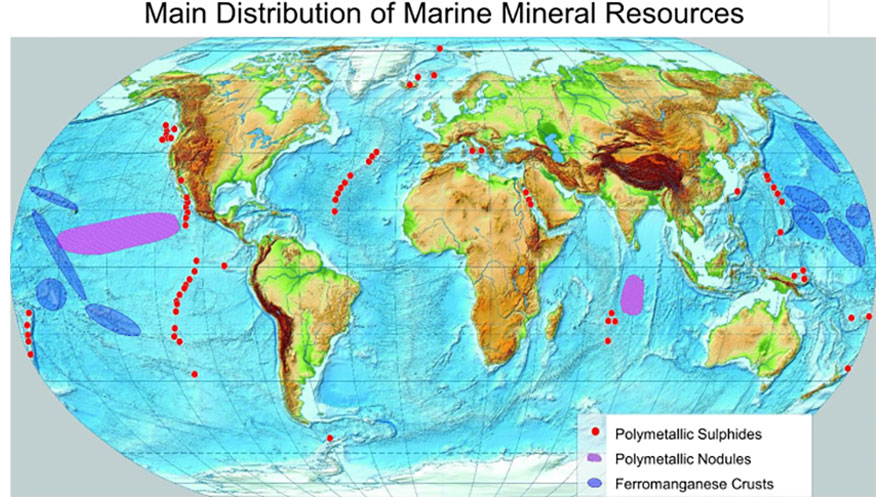
A group of corporate enterprises, state-owned companies and several governments have been allocated with contracts to explore the deep sea. Each company has to be sponsored by a country, so they are both responsible for any eventual problems.
The list includes China, France, Germany, India, Japan, South Korea, Russia, and the Interoceanmetal Joint Organisation (a consortium of Bulgaria, Cuba, the Czech Republic, Poland, the Russian Federation, and Slovakia). Small island states such as the Cook Islands, Kiribati, Nauru, Singapore, and Tonga are also part of the list. Given the massive rising demand for precious metals in the world, many are closely following developments in this field.
Make no mistake, though — this isn’t some localized interest by which some countries are looking to supplement their natural resources. This is possibly the nascent moment of the largest mining operation in human history.
What minerals does the industry want?
The most common targets are nickel, copper, cobalt, manganese, zinc, silver, and gold. The exploration currently under place is focused on three types of mineral deposits: polymetallic nodules (lying on the seafloor), polymetallic sulfides (which form near hydrothermal vents), and cobalt-rich ferromanganese crusts that cover seamounts.
Once found, such minerals will be used to supplement in-demand electronic products and energy storage such as smartphones, laptops, solar panels, wind turbines, and electric vehicles. Terrestrial supplies are becoming harder and less profitable to extract while demand for minerals continues to grow. Companies argue that deep-sea mining provides a source of reliable, clean, and ethically sourced minerals.
“We are now at the age of metals. We need a lot of them to move into the fourth industrial revolution, which will be based on renewable energy,” said Dr. Gregory Stone, Chief Ocean Scientist at Deep Green. “We need to get the metals from somewhere and obtaining them from the deep sea is an elegant solution.”
Seabed formations will be scooped, dredged, or severed by gigantic machines weighing more than a blue whale. The deposits would be piped up to a ship through several kilometers of tubing and processed at sea, where waste material would be pumped back into the water.
ROV (remotely operated underwater vehicles) have also progressed greatly in recent years, becoming not only more capable and robust, but also cheaper — promising to usher in a new age of undersea exploration.
What effects could it have on the ocean?
Environmental organizations and researchers claim these activities will affect the seabed, the water column above it, and the surrounding area. The scraping of the ocean floor to extract the nodules could destroy deep-sea habitats of octopuses, sponges and other species.
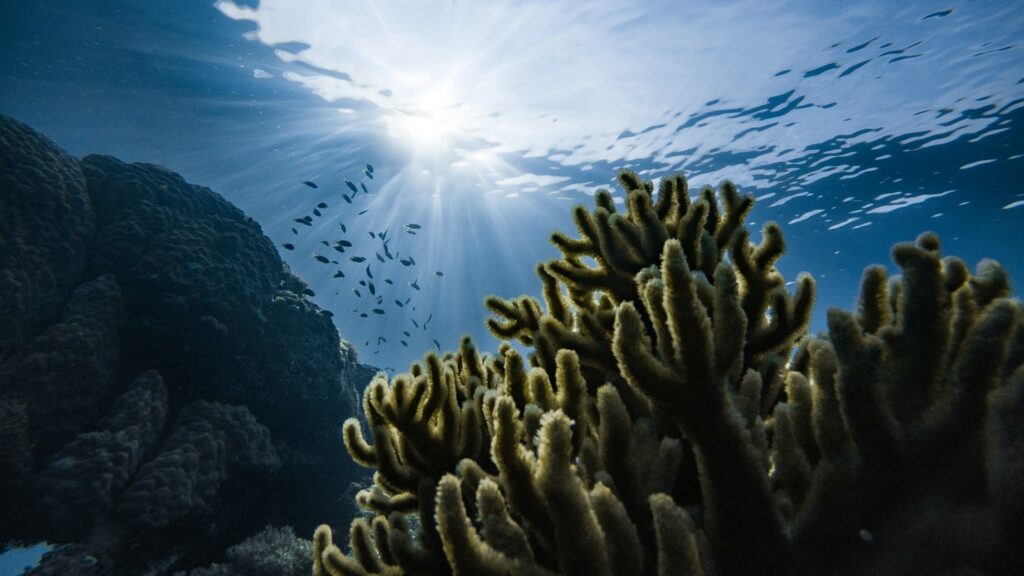
Mining of the vents, which harbor massive animal communities at densities that make them one of the most productive ecosystems on Earth, is likely to stir up sediment that could smother some animals and dramatically affect the habitats of others. Other species adapted to the lack of sunlight and high pressure of deep water, could be affected by the noise and pollution, and the list of potential threats goes far and long.
“Many uncertainties remain as to the impact of this mining but widespread habitat loss will be inevitable, albeit in an environment where the faunas are often sparse,” wrote Van Dover and colleagues in a paper in 2018. “A precautionary approach will be needed with many areas set aside for protection and regional plans put in place before mining begins.”
Environmental organizations are also scrutinizing the climate implications of allowing companies to dig minerals used to make lithium-ion batteries. “Deep-sea mining could even make climate change worse by releasing carbon stored in deep-sea sediments or disrupting the processes which help deliver carbon to those sediments,” Greenpeace argued in a report.
Scientists are also concerned that not enough is known about these species or ecosystems to establish an adequate baseline from which to protect them or monitor the impact of mining. But for the industry, that shouldn’t be the case. DeepGreen said the activity should start as soon as the rules are approved.
“Everybody is in new territory, that’s why this new industry is exciting. Nobody did this type of mining before. ISA will have to get the code ready, and then we’ll do our environmental assessment against that code,” said Dr. Stone. “It will be the least invasive way of getting metals on the planet.”
We once thought the deep sea was uninhabitable but now we know that is not the case. There is an abundance of biodiversity in the deep sea, and the ecological services it provides is invaluable — not only for ocean dwellers, but for humans as well.
In between the fragile ISA mandate, the growing pressure for more mineral resources, and the environmental uncertainty, deep sea mining promises to be a contentious topic for decades to come.
Whether it will bring a revolution for mineral resources or devastate the subsurface environment, the effects will be powerful and long-lasting.
“The deep sea remains a difficult place to study and in my opinion will be impossible to “fix” if we “break” it,” Van Dover concludes.






